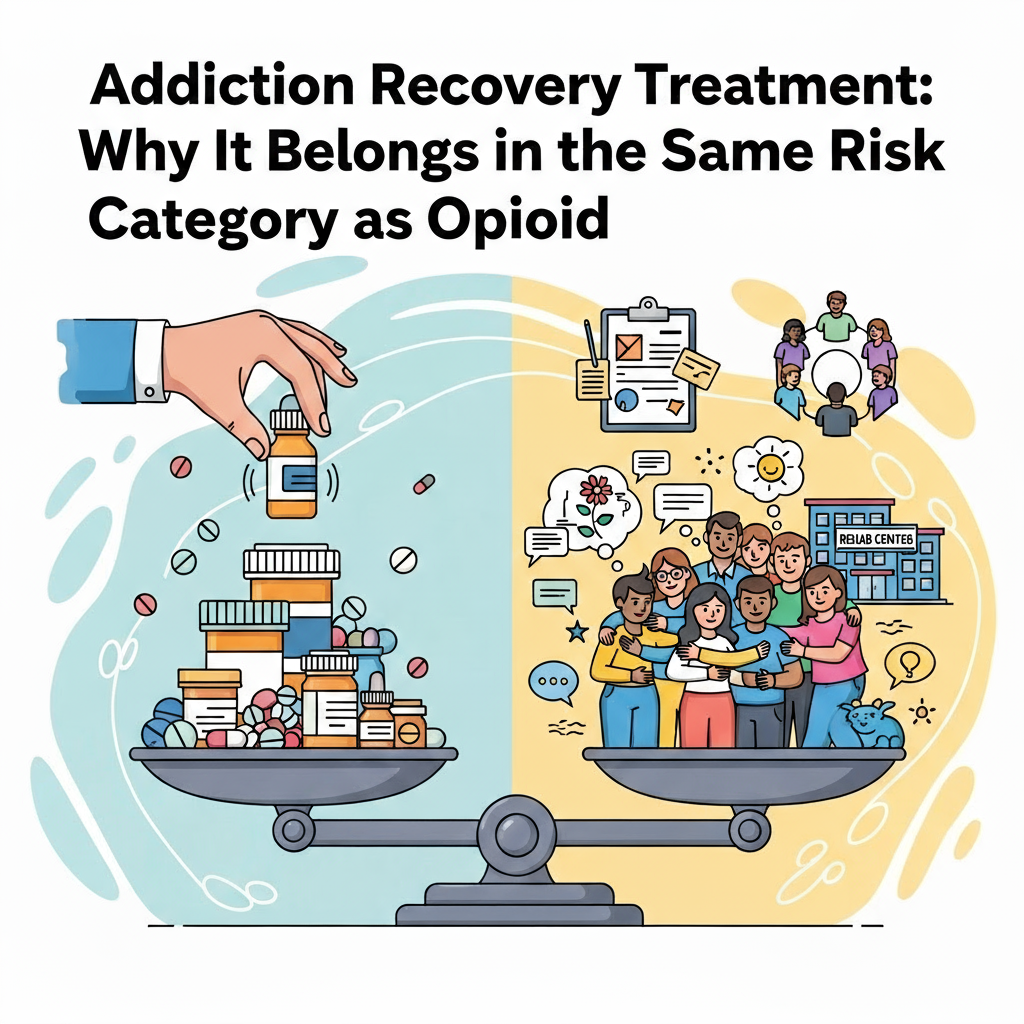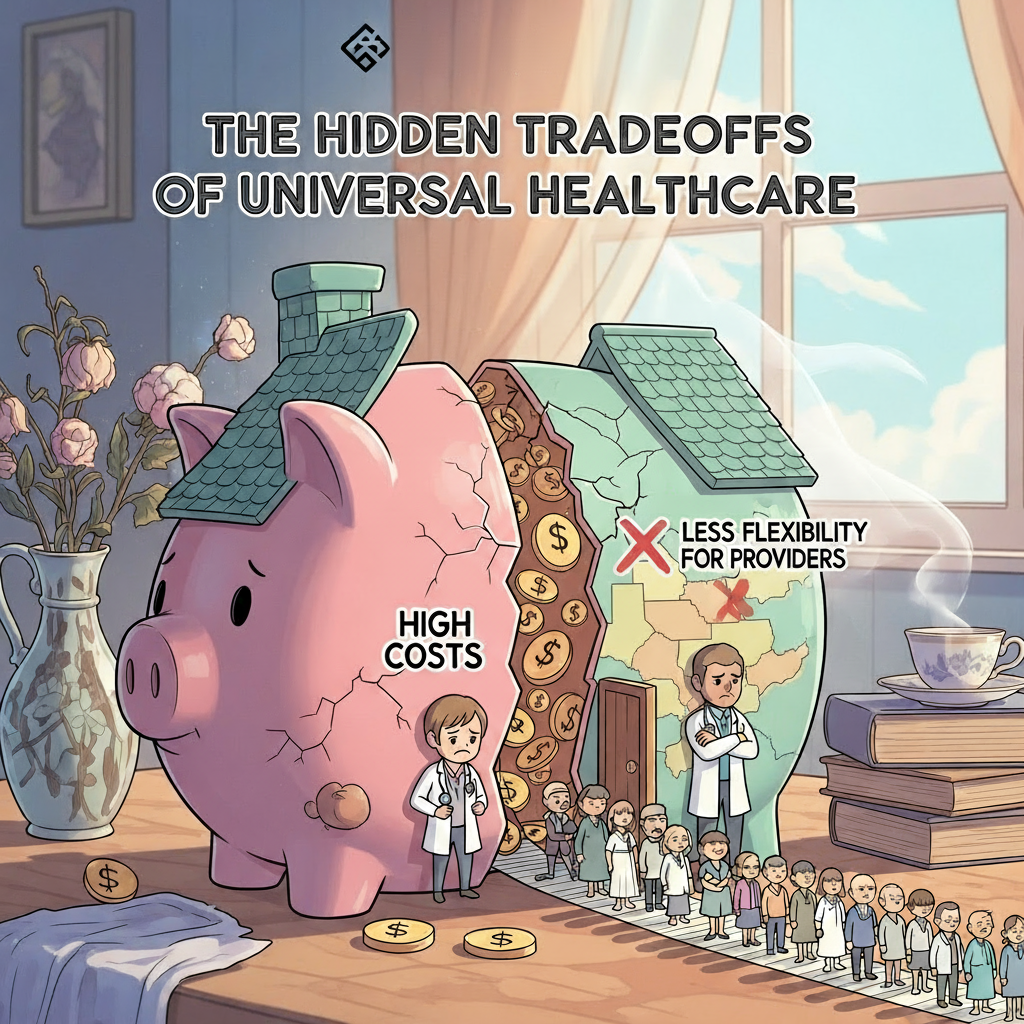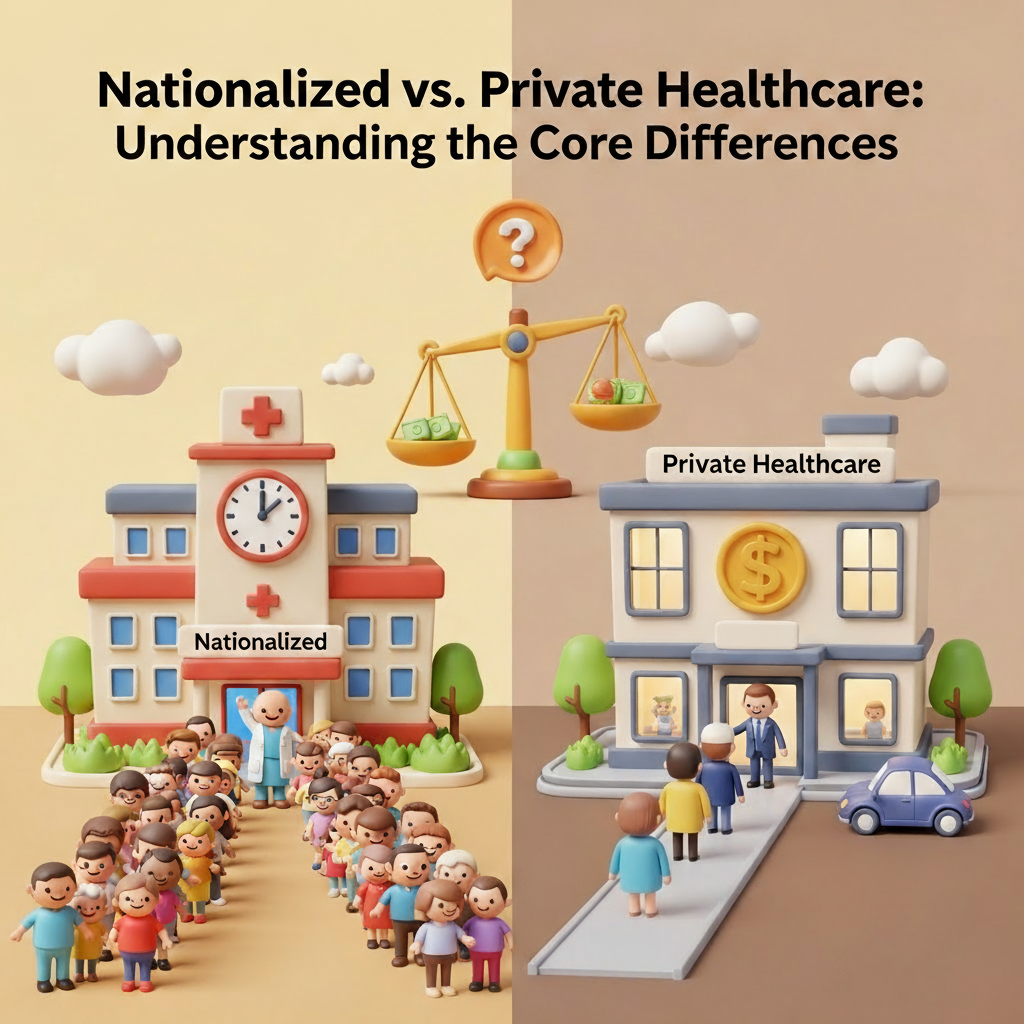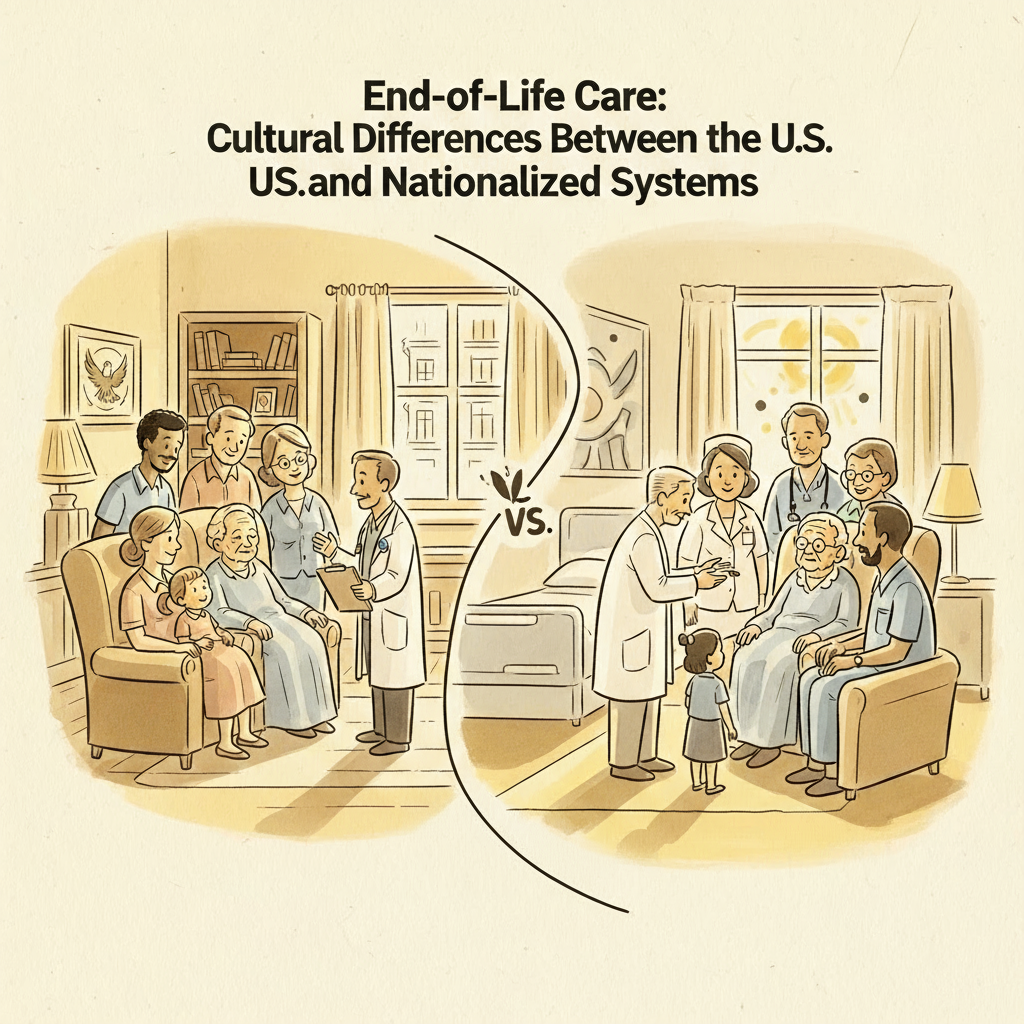
Introduction: A Blind Spot in Risk Management
When most providers think about high-risk prescribing, their minds go straight to opioids.
That’s understandable—opioids have dominated the headlines for years.
But there’s another category of care that demands the same level of oversight and regulatory compliance: addiction recovery treatment.
Whether you’re prescribing medications for opioid use disorder or supporting recovery from other substance dependencies, the same risks—and the same safeguards—apply.
Why Addiction Recovery Prescribing Is High Risk
- Medication Diversion
Though vital for treatment, drugs like buprenorphine and methadone possess street value and the potential for misuse. While most of my addiction recovery patients who embraced recovery and attended NA and AA were more honest and transparent than my pain patients, recidivism is a reality, as addiction is a lifelong disease requiring ongoing management and vigilance.
- Regulatory Scrutiny
Addiction recovery practices are under intense scrutiny from state boards, the DEA, and insurers due to the high potential for fraud, overprescribing, or insufficient patient monitoring. This industry is highly lucrative, and financial incentives can lead to administrative directives that push patient volume beyond manageable limits. Such practices often result in errors, with regulatory compliance frequently being compromised first.
- Complex Patient Population
Most addiction recovery patients are dually diagnosed, struggling with both substance use disorder and co-occurring mental health conditions. It’s rare for someone to choose addiction; instead, environmental factors like abuse or trauma, combined with genetic predisposition, are often critical in developing these diseases. These complex factors, including unstable living conditions and histories of nonadherence, must all be acknowledged and addressed in treatment.
- Public Health Implications
.
Mismanagement in addiction practices, coupled with a lack of accountability for patients’ controlled substance use, not only violates standard controlled substance policy but also endangers both the patient and the wider community. The misuse of prescriptions extends beyond the patient, as it contributes to drug diversion, leading to impaired drivers, dangerous access at school parties, and fueling an already thriving illicit drug trade. It is our responsibility to prevent harm to both patients and the public when these agents are used.
The Parallel to Opioid Prescribing
If you look at the risk profile for chronic opioid therapy and addiction recovery treatment, the overlap is clear:
- High scrutiny from regulators
- Requirement for strict documentation
- Need for ongoing patient monitoring
- Risk of diversion and misuse
Addiction recovery treatment requires the same safeguards as opioid prescribing, including Controlled Substance Agreements (CSAs), Prescription Monitoring Programs (PMPs), Urine Drug Testing (UDT), pill counts, and frequent visits. Some addiction recovery providers dismiss concerning signs like repeated dirty urines or inconsistent parent drug/metabolite concentrations in stable dosing, attributing them to the patient being “an addict.” While early recovery may have setbacks, ignoring persistent issues for months jeopardizes the patient, community, and professional licenses. It is crucial to hold patients accountable in this challenging process or they won’t get better. Even worse, it could be fatal.
Best Practices for Safe and Compliant Recovery Prescribing
1. Comprehensive Intake Assessment
- Document substance use history, prior treatment attempts, mental health status, and social support systems. Many patients have attempted recovery multiple times. Knowing why, where along the way, and when they failed gives insight to them and to those caring for them.
2. Written Treatment Agreements
- Setting clear expectations for attendance, monitoring, and medication use is crucial, much like with Controlled Substances Agreements (CSAs) for pain management. Accountability is vital in any recovery program, including 12-step programs. Adherence to treatment is essential, and enabling non-compliance is unhelpful. Individuals with addiction not actively in recovery can be manipulative, sometimes even unconsciously so. Rules are in place for the safety of both the individual and others.
3. Frequent Early Visits
- Relapse risk is highest during the first 90 days of addiction treatment, making frequent patient contact crucial. In our practice, we met with patients at least weekly for the initial one to two months. Some patients, through non-verbal cues, indicated a need for even more frequent sessions (2-3 times per week), acknowledging the importance of this increased accountability. Regular testing and medication counts (pill or buprenorphine strip) further supported their sobriety, serving as an additional accountability tool alongside daily or twice-daily meetings. Patients who are actively engaged in treatment and seeking your guidance are demonstrating a clear need for this accountability to achieve recovery.
4. Integrated Monitoring
- Addiction recovery patients are inherently present high-risk for controlled substance prescribing, including addiction recovery agents like methadone and buprenorphine. Regular PMP checks, urine drug tests (UDT), and pill counts are essential, with frequency adjusted according to individual risk. While patients may initially resist, they are seeking treatment and require consistent support and accountability. The combination of these tools, alongside their dedication to counseling and meetings, is crucial for sustaining their long-term recovery.
5. Coordinated Care
- Effective addiction recovery treatment requires a unified approach, involving seamless communication among counselors, case managers, and other providers. This demanding field is challenging for patients and emotionally and intellectually draining for providers, as many patients present with co-occurring psychiatric conditions, such as personality disorders. Some patients may also exhibit antagonistic behavior as a survival mechanism. Therefore, a multifaceted approach with robust checks and balances, facilitated by coordinated care and accessible medical and community resources, significantly enhances the likelihood of successful recovery.
Regulatory Compliance Considerations
- DEA Registration – For prescribers of medications for opioid use disorder, meticulous documentation is essential. As of January 2023, SAMHSA and DEA have eliminated X-DEA licensing and waiver requirements, allowing any DEA-licensed provider to prescribe buprenorphine for addiction recovery treatment. Utilizing electronic reminders can facilitate the tracking of licensing updates and monitoring of evolving state and federal regulations. Failure to meet deadlines or allowing licenses to lapse carries significant legal and professional risks, and also endangers patient treatment and sobriety.
- Documentation – Clearly document the rationale behind medication selections, dosage adjustments, and ongoing therapy. Record both positive and negative developments for each patient. Given that noncompliance and recidivism are inherent aspects of addiction, ensure these are not understated in your notes. These comprehensive notes narrate the patient’s journey and may serve as the sole objective metric for tracking their progress.
- State-Specific Rules – Stay informed about your state’s specific monitoring and reporting requirements by attending state society meetings and reading their updates. Actively participate in the legislative process. As professionals working directly with these patients, you have valuable insights into effective and ineffective policies–particualarly those that may unintentionally inhibit care. Share this knowledge with lawmakers and regulators as they develop new regulations, as they often depend on healthcare professionals to help craft policy.
Addressing the Stigma
Treating patients in addiction recovery offers incredibly rewarding clinical experiences, allowing you to help individuals reclaim their lives and become healthy, productive members of society. While some providers hesitate due to perceived regulatory risk or personal bias, it’s crucial to understand that writing controlled substances in this context is vital for recovery and should not be stigmatized.
The truth is, with proper safeguards, the risks associated with this treatment are manageable. Recovery treatment not only saves lives but also reduces healthcare costs and benefits entire communities. Avoiding this patient population creates significant treatment gaps and exacerbates public health crises.
Final Thoughts: Apply the Same Standards, Save More Lives
Addiction recovery prescribing deserves the same vigilance as chronic opioid therapy—not because patients in recovery can’t be trusted, but because the stakes are so high.
When we hold recovery treatment to the same compliance and safety standards, we protect patients, preserve access to care, and uphold the integrity of the profession.
The best recovery programs treat compliance not as an obstacle, but as a pathway to long-term success.
About the Author
Douglas J. Jorgensen, DO, CPC, FAAO, FACOFP
Dr. Doug is a physician, consultant, and national educator on healthcare compliance, risk mitigation, and addiction medicine protocols. He works with practices to design recovery programs that are clinically sound, compliant, and patient-focused.


